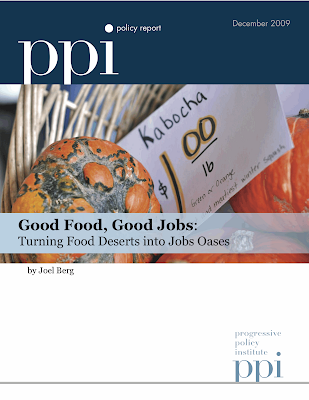Reducing your energy use is easier than you think.
You can lower your fossil fuel use by a surprisingly large fraction, without trying to live like No Impact Man. We totally love No Impact Man in every venue -- blog, movie, book, anything. But, Colin Beavan and his family adopt some environmental practices that most Americans would be reluctant to attempt, while doing other things that look more difficult than they are. In my own family's experience, the trick to reducing energy use by a large fraction without much hardship is to focus on a few big things, such as (1) car use, (2) air travel, and (3) home energy use.
This approach is different from the usual conservation tips you hear about choosing the right green toilet paper or practicing 101 little things you can do to save the environment. We pursue many little efforts, too, especially to reduce the energy impact of our food choices, but with a relaxed and permissive spirit. Food plays a special role in our life, and environmental disciplines are easier to keep if food and cooking stay fun and enjoyable.
The main thing we learned is that major reductions in energy use can be achieved with little or no reduction in basic quality of life.
Car use
In 2006 and 2007, my children, wife, and I began to use our car less. It turned out to be more fun than we expected. At every turn, where we expected to find hardship, we found instead a way of getting around that we enjoyed better than driving.
Air travel
As our New Year's resolution for 2009, we decided to try to reduce our air travel. We had come to see that my own travel as a university teacher and researcher was swamping the impact of our family car use efforts. Psychologically, I had always blamed my work travel on the demands of the job, allocating responsibility to somebody else's moral account rather than my own.
The air travel resolution worked far better than expected. I didn't take a single work trip by air, but my work didn't suffer. I kept in touch with professional colleagues as well as ever on multiple business trips by train to DC and New York, and I drove once to Ithaca for a week as a guest scholar at Cornell, visiting a dozen colleagues with expertise in diverse areas of U.S. food policy on a single trip. My family took a single vacation by air to visit relatives in Florida, choosing to spend a longer time than usual, camping in the Florida Keys, visiting Key West, and having more fun than we would have had otherwise.
Home energy
Our third effort in recent years has been to reduce our home energy consumption. We began to hang up about half of our laundry, saving on our gas clothes dryer. We lowered our night-time temperature a bit, as many people do. We installed a programmable thermostat, so the house warmed up in the morning before we had to rise. We relied on our old gas furnace until it wore out in 2008, when we replaced it with one that had an energy star rating. We added some insulation to our walls.
Then, something more surprising happened. We talked to our kids about whether they were cold at night (they weren't). We agreed that we would experiment with lowering the thermostat at night about one degree a week, until we found ourselves chilly under our blankets, and then we would stop there. Far from being environmental zealots, our whole point was not to be uncomfortable. The thing is, we never did get cold. We have finally stopped at 53 degrees Fahrenheit as our night-time temperature, not because we are cold at night, but because our friends and relatives were close to deciding that we were insane. Fear of being perceived as environmental nutcases is all that keeps us from saving more energy still. Our comfort is just fine.
Saving money
A great paradox is that most people think environmentalism is something that only the privileged can afford.
The truth is that our efforts save us so much money that we feel, psychologically, as if we are living more richly than ever. That is something to consider in these times of financial crisis.
We save money on our automobile, and even get a discount from our insurance company for low mileage. We spend less money on air fare and more money on the fun parts of our vacations. Here is a chart of our home gas use by fiscal year (running from October of the previous year through September of the current year). From 2004 to 2009 our gas use fell by 57%.
Resolutions
I follow the news from Copenhagen this month with the distress of somebody listening to a conversation where everybody is speaking a foreign language (and I don't mean Danish).
The rich countries dragged their feet about making the type of bold commitments that scientists believe could really halt climate change. The poor countries heard the clear message that acquiring riches of their own will require nearly unlimited energy consumption. Some analysts hoped for new technologies that will make commitments unnecessary.
And all of them seem to exaggerate the hardship -- in real terms of welfare, happiness, and comfort -- that bold conservation would bring. If our diplomats ever find the courage to commit to real reductions in energy use, we will still live plenty richly.
(Feel free to post comments, including your resolutions, or your own experience of personal conservation efforts that seem big but are actually psychologically easy.)
















